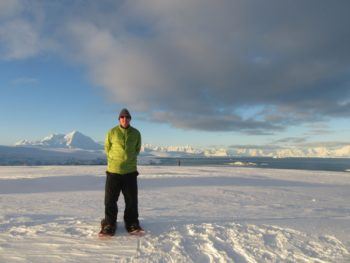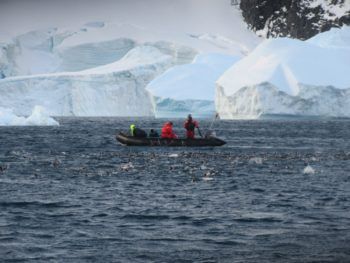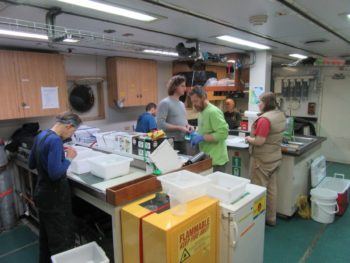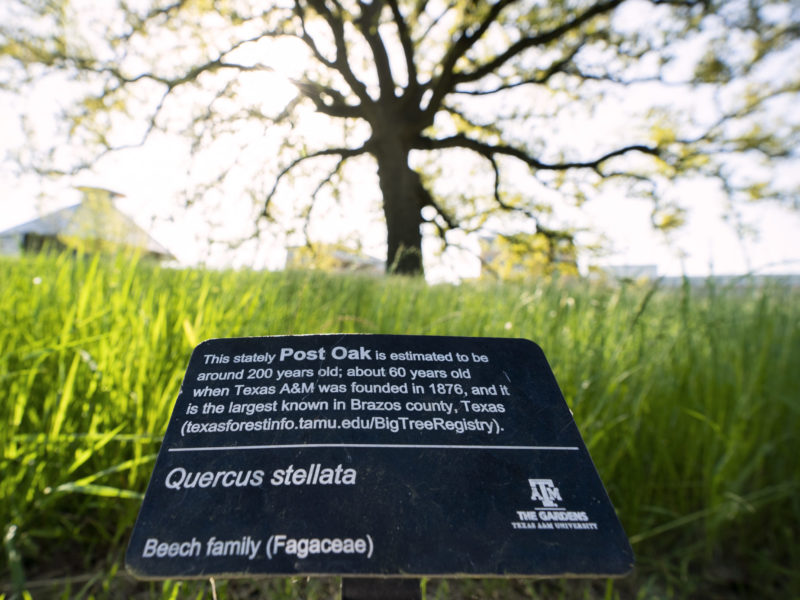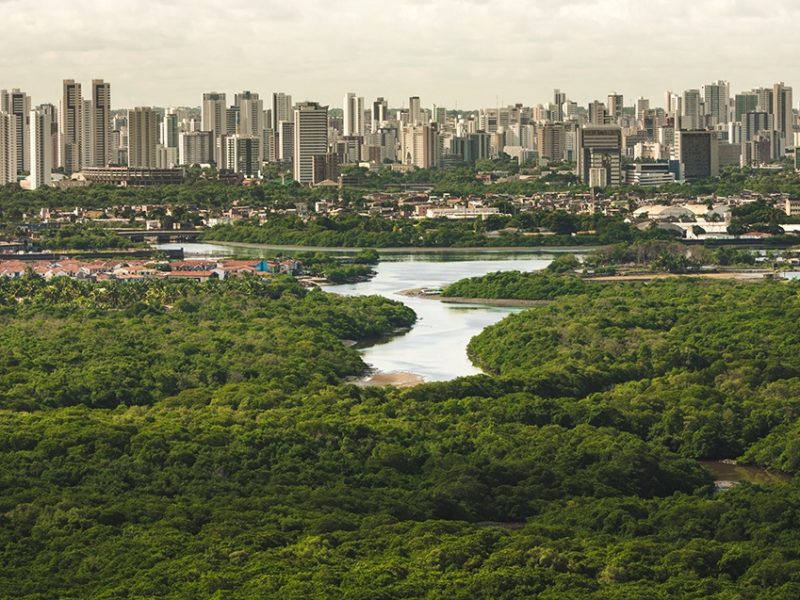Texas A&M Professor Completes 18th Antarctic Expedition
Research in the Antarctic is never an easy prospect, and considerable preparation and planning are required for an excursion to the farthest reaches of the southern hemisphere. But for the sake of science, one Texas A&M University professor has completed his 18th trip to the Antarctic.
Andrew Klein, EOG teaching professor in the Department of Geography at Texas A&M, sailed on a National Science Foundation-funded research excursion to the Southern Ocean earlier this year from mid-April to early June.
The joint expedition to the Antarctic was done in consortium with Charles Amsler and Jim McClintock of the University of Alabama at Birmingham; Katrin Iken from the University of Alaska, Fairbanks; and Aaron Galloway, from the University of Oregon.
The focus of the trip was to look at the variation in the composition of macroalgal communities along the western Antarctic Peninsula region, from the Palmer Research Station to south of the Rothera Research Station.
One of the primary objectives of the mission was to understand what the controls are on macroalgae along the Antarctic Peninsula. There was also a need to identify what species of algae grow off the western Antarctic Peninsula and the macro-invertebrates that feed on that algae.
To study the algae at the different sites, the research team performed a series of dives at each site. During the dives, videos were taken to identify what species of algae were present at that location, and specimens were collected at each site.
“We did an initial site selection of about 39 or 40 sites we might want to go to,” Klein said. “Then I got high resolution at half-meter resolution where we could actually focus in on individual dive sites.”
The team sampled 15 dive sites on the expedition.
As part of the project, Klein developed time series datasets that represent sea ice in the study region. Since a central goal of the project was to understand the extent to which sea ice is playing a role in macroalgal communities, it was key that the researchers have accurate data showing the sea ice extent over the last 10 years.
“One of the problems is that most of the climatologies we have of sea ice are based on passive microwave where it works well in the open ocean, but not so well in coastal areas,” he said. “I’m developing some alternate time series for the past ten years, because it turns out that macroalgae generally lives ten years or so.”
With 17 trips to the Antarctic under his belt, Klein’s 18th trip to the Antarctic turned out to be the most exhilarating one yet.
“To be able to dive at sites that, in many cases, may have never been dived at before,” Klein said. “Within the United States Antarctic program, most of the work on diving has really been limited to within small boating distances of Palmer Station. Very seldom do you have a research vessel where you are driving the agenda.”
Media contacts:
- Leslie Lee, College of Geosciences, 979-845-0910, leslielee@tamu.edu.
- Robyn Blackmon, College of Geosciences, 979-845-6324, robynblackmon@tamu.edu.
